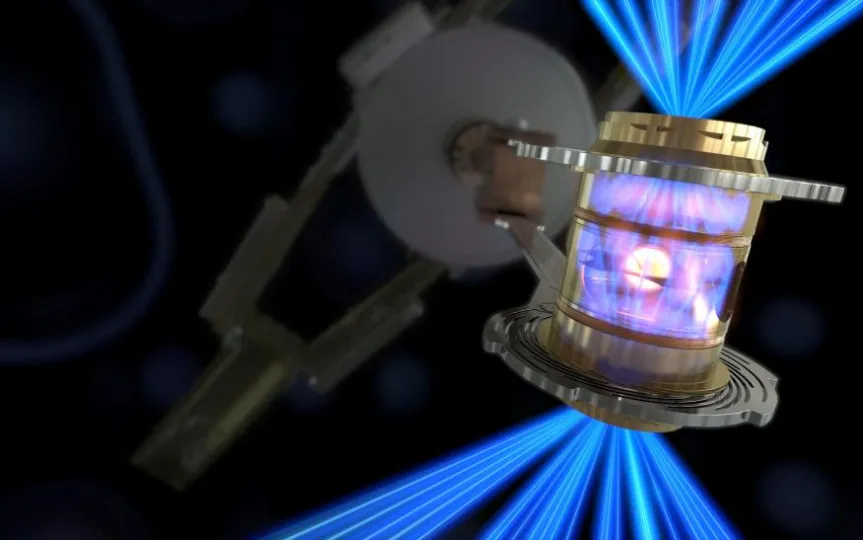Scientists Recreate Nuclear Fusion Breakthrough from Previous Year
According to Reuters, researchers at the Lawrence Livermore National Laboratory (LLNL) in the US have achieved a second successful nuclear fusion experiment at the federally funded National Ignition Facility (NIF). This recent experiment resulted in a greater net energy gain compared to their previous breakthrough in December.
The nuclear fusion approach is very similar to the process by which stars can emit light and heat. The scientists used a laser aimed at the fuel to combine the two light atoms more densely. This releases a lot of energy. The process is said to have great potential as a source of sustainable, low-carbon energy that could help combat climate change.
In the first test in December, the laser delivered 2.05 megajoules to a target. Scientists achieved fusion ignition by producing 3.15 megajoules of energy. This is a net return of about 1.1 megajoules, which is equivalent to 0.31 kWh, or enough energy to power a 50-watt LED TV for six hours.
It is not yet clear how much net energy yield was obtained from the most recent successful test, which was conducted on July 30. An LLNL spokesperson told Reuters that researchers are still analyzing the final results.
There is still a long way to go until fusion ignition becomes a viable alternative to mainstream energy production capable of supplying electricity to homes. First, researchers need to expand the system considerably. In any case, showing that the experiment was possible to repeat and surpass previous results is a positive step forward for clean energy.




